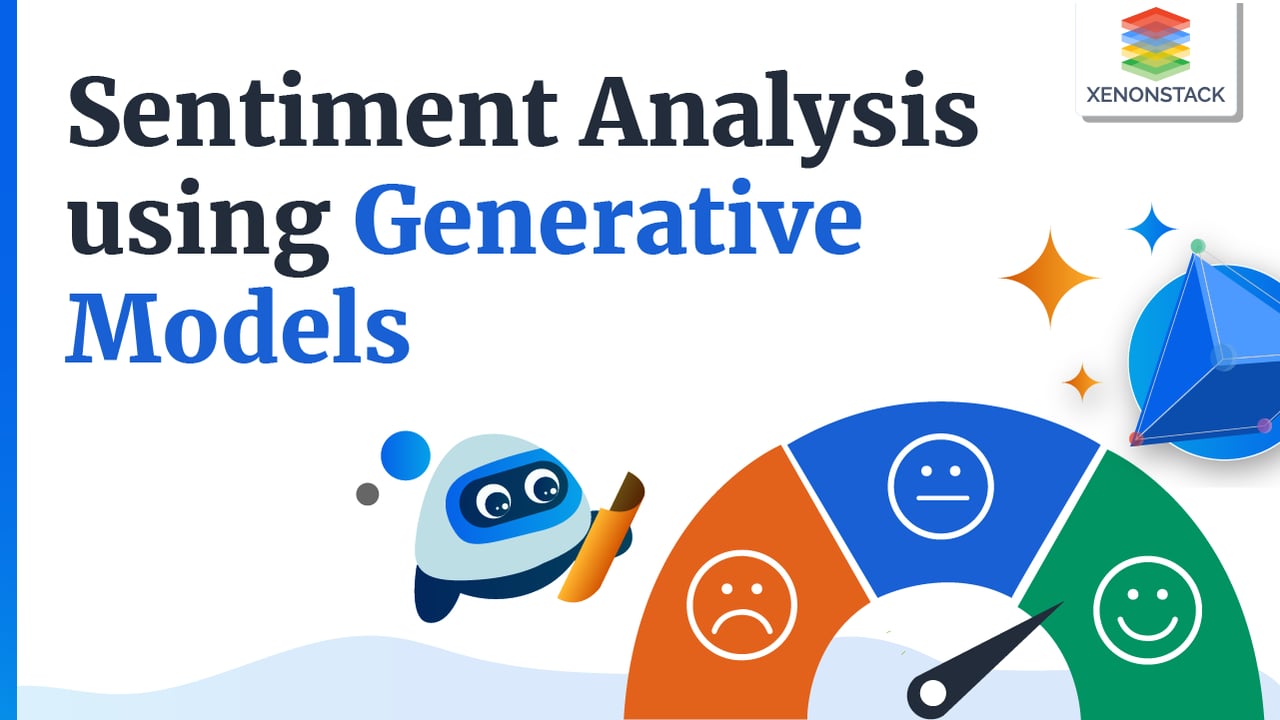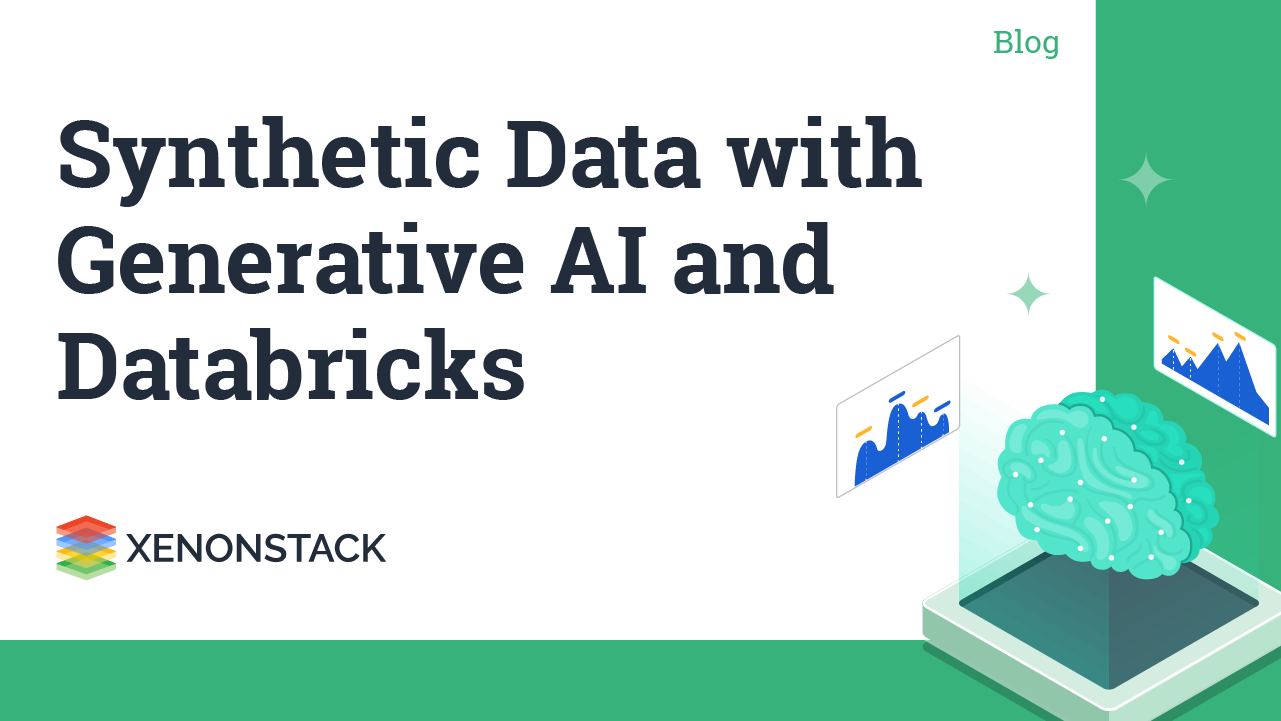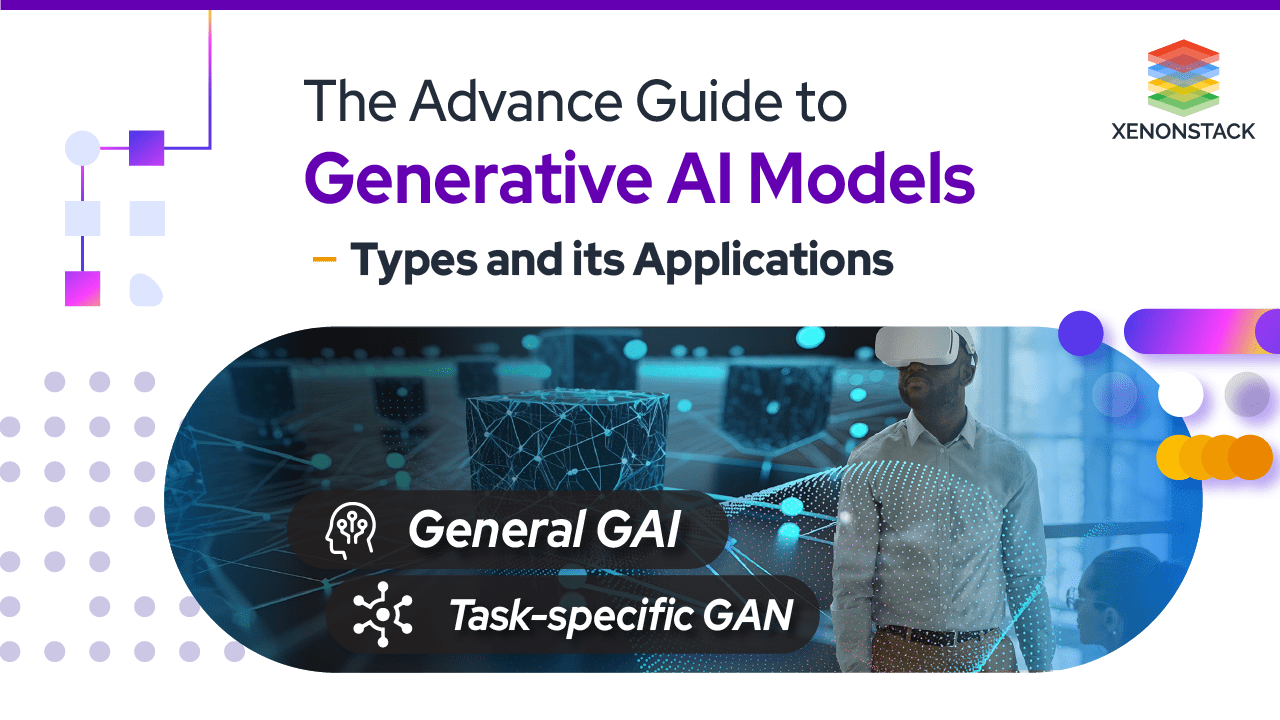
Introduction to Sentiment Analysis
Sentiment analysis is a powerful tool in natural language processing (NLP) that aims to understand and classify the underlying sentiment expressed in text. Generative models have gained significant attention in sentiment analysis due to their ability to generate new data samples based on a given distribution. Generative models for sentiment analysis are computer programs that can create new text samples with specific emotional characteristics, such as positive or negative sentiment. These models are designed to understand and generate text that reflects the underlying emotions expressed in human language.
Generative models are a class of models that learn the underlying probability distribution of a dataset to generate new samples that resemble the original data. They can be used to generate new data instances based on the patterns and characteristics they learned during training. In the context of sentiment analysis, generative models can capture the sentiment distribution of a given corpus and generate new samples with similar sentiment expressions.
Simultaneously handle many customer inquiries, reducing wait times and improving overall efficiency. Taken From Article, Generative AI in Contact Centre
Traditional Approaches for Sentiment Analysis
Before diving into generative models, it is essential to understand traditional approaches to sentiment analysis. These approaches typically rely on supervised learning techniques, where a labelled dataset is used to train a classifier to predict the sentiment of new, unseen texts. While these methods have been effective, generative models offer a unique perspective by generating new samples rather than classifying existing ones.
What are Generative Models?
Generative models are computer algorithms that learn patterns and characteristics from a given dataset to generate new samples that resemble the original data. In the context of sentiment analysis, generative models learn the patterns and sentiments expressed in a training dataset and then generate new text samples with similar sentiment expressions.
Role of Generative Models in Sentiment Analysis
Generative models play a unique role in sentiment analysis by generating new text that exhibits specific emotional characteristics. Rather than simply classifying existing text into predefined sentiment categories (positive, negative, neutral), generative models create fresh text samples that reflect the sentiment patterns observed during training.
Difference between Generative Models and Traditional Approaches
Traditional approaches to sentiment analysis focus on classifying existing text into sentiment categories using supervised learning techniques. These approaches rely on labelled datasets to train models to predict the sentiment of new, unseen texts. In contrast, generative models generate new text samples with sentiment characteristics similar to the training data, offering a different perspective by creating rather than classifying text.
Generative models provide a valuable alternative as they can generate new instances of text with specific sentiments, allowing for data augmentation, expanding training datasets, and creating diverse test scenarios. By generating text, these models can explore the sentiment distribution and uncover patterns and biases in the data that may not be apparent through traditional classification-based approaches.
Terminologies in Generative Models for Sentiment Analysis
- Sentiment Analysis: Analysing text to determine its underlying sentiment, whether positive, negative, or neutral.
- Generative Models: Computational models that generate new data samples resembling the original training data. In sentiment analysis, they create text samples with specific sentiment characteristics.
- GANs (Generative Adversarial Networks): Generative models with a generator and a discriminator. The generator produces synthetic text samples, while the discriminator distinguishes between actual and generated text.
- Generator: Creates synthetic text based on learned patterns from training data.
- Discriminator: Classifies text as real or generated, helping train the generator.
- VAEs (Variational Autoencoders): Generative models that learn a latent representation of input data. They can generate text samples with specific sentiment properties.
- Encoder: The encoder in a VAE takes input text and maps it to a lower-dimensional latent space representation. It learns to capture the input text's essential features relevant to sentiment analysis. The latent space representation is a compressed and abstract representation of the input text.
- Decoder: Reconstructs meaningful text from the latent space representation, generating sentiment-specific samples.
As customer expectations continue to rise, businesses are under increasing pressure to provide high-quality customer service. Click to explore about our, Generative AI for Customer Service
What are the types of Generative Models?
The various types of Generative Models are listed below:
GANs for sentiment analysis
- Architecture and Working Principle: GANs for sentiment analysis consist of a generator and a discriminator. The generator generates synthetic text samples, and the discriminator distinguishes between real and generated samples. The generator learns to generate text with sentiment characteristics like the training data through an adversarial training process.
- Benefits and Limitations: GANs for sentiment analysis offer benefits such as data augmentation, enabling the generation of diverse and realistic text samples. However, challenges include ensuring the coherence and relevance of generated samples and addressing potential biases in the training data.
VAEs for Sentiment Analysis
- Architecture and Working Principle: VAEs for sentiment analysis utilize an encoder-decoder architecture. The encoder maps input text to a latent space representation, and the decoder reconstructs meaningful text from the latent space. VAEs can generate new text samples with specific sentiment properties by manipulating the latent space.
- Benefits and Limitations: VAEs for sentiment analysis provide benefits such as controlling the sentiment properties of generated samples and exploring the latent space for diverse text generation. However, challenges include maintaining coherence and controlling the intensity.
Advantages and Disadvantages of Generative Models for Sentiment Analysis
Advantages of Generative Models for Sentiment Analysis
- Data Augmentation: Generative models enhance training data by generating synthetic samples, improving model performance and generalization.
- Understanding Sentiment Distribution: They reveal sentiment patterns and biases, providing insights into sentiment distribution within a corpus.
- Diverse Sample Generation: Generative models create varied text samples, enabling testing across different sentiment scenarios.
Disadvantages of Generative Models are:
- Coherence and Relevance: Ensuring generated text is contextually coherent and relevant can be challenging.
- Control of Sentiment Intensity: Precise control over sentiment strength may be difficult for generative models.
- Potential Biases: Generative models may inherit biases from training data, requiring careful preprocessing to mitigate biases.
Application and Future Scope of Generative Models for Sentiment Analysis
Generative models for sentiment analysis have diverse applications, including:
- Data augmentation and training enhancement.
- Creating diverse test scenarios.
- Uncovering patterns and biases in sentiment distribution.
- Content generation and personalization.
- Creative writing and storytelling.
Future research in generative models for sentiment analysis should focus on the following aspects:
- Improving the quality and diversity of generated samples: Efforts should be made to enhance the generated text's coherence, fluency, and relevance. Methods that ensure contextually accurate and linguistically sound output need to be explored.
- Incorporating domain-specific knowledge: Integrating domain-specific knowledge into generative models can enhance the accuracy and relevance of the generated text. Customizing the models to specific domains or industries can improve their performance and applicability.
- Enhancing interpretability and explainability: Developing methods to interpret and explain the generated sentiment expressions is essential for real-world applications. Transparent and interpretable models can build trust and facilitate decision-making processes.
Conclusion
In conclusion, generative models for sentiment analysis offer benefits such as data augmentation and understanding sentiment distribution. However, challenges exist in coherence, sentiment intensity control, and potential biases. Despite these challenges, generative models enhance training, enable diverse test scenarios, and uncover sentiment patterns. They have the potential to advance sentiment analysis in various fields.
- Discover about Natural Language AI with AutoML for Text Analysis
- Explore here Generative AI Solutions for Cyber Security


